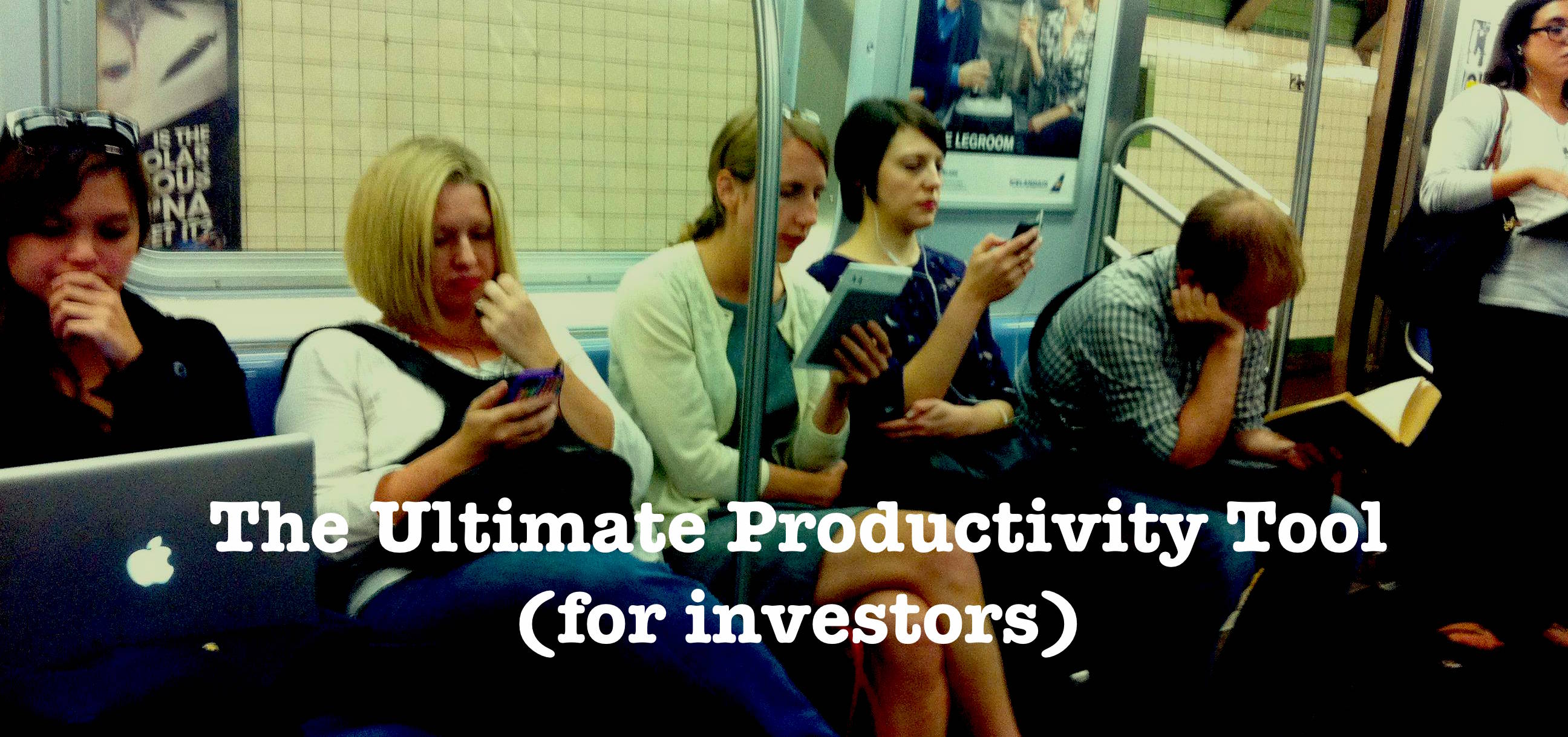“We’re in the oil business & as in any business the probability of success must always be greater than the risk incurred.”
These were the words of Captain George Pollard from the Ron Howard film, “In the Heart of the Sea”.


“We’re in the oil business & as in any business the probability of success must always be greater than the risk incurred.”
These were the words of Captain George Pollard from the Ron Howard film, “In the Heart of the Sea”.

Before I go into the why, here’s the what –
The Ultimate Productivity Tool for an Investor, surprisingly, is “Commuting”
I have been working out of an office for the past 7 years now, which means, each day I spend 1 hr 20 mins one way (door to door). Fortunately I don’t have to juggle multiple modes of transport. In the beginning this routine was non-intrusive, then it became a nuisance & then suddenly it became invisible.

The tax on EPF has been rolled back. That does not however conclude the debate as to whether annuities make any sense from a post retirement perspective and whether there should be some nudge or compulsion to purchase annuities.
Most of the opposition to annuities comes from people who compare returns from annuities to Fixed Deposits / Tax Free Bonds etc. and point out to the fact that the returns from annuities seem to be somewhat lower.

With all this obsession over Make in India followed by the Make in India week that was recently celebrated in Mumbai, it is necessary, more than ever, to think of the true costs of making something in another country. India has it’s own issues & which I’m sure will be eventually solved by thoughtful trial & error. But it’s also interesting to look at history & learn from previous attempts of making stuff in places where outsiders have never had to manufacture something at an enormous scale.

Exactly four years ago, I wrote about Productivity Tools for Investors. You can read it here. This post is an attempt to update it with new productivity habits I’ve picked up over the years.
After the demise of Google Reader which used to aggregate alerts & news items via RSS feeds, Feedly and other such tools have taken over that role. Although I’m not a huge fan of RSS anymore & you’ll know why soon. I’m still a devoted Evernote user which helps me remember stuff & organise it the way I want. I also use mind maps but I have found the softwares a bit cumbersome & the maps difficult to remember. So I went low-tech & now draw my mind maps by hand. I remember them much better. Updating them is a pain, but it was worth the effort. (But this works for me & may not for others).
Powered by WordPress & Theme by Anders Norén